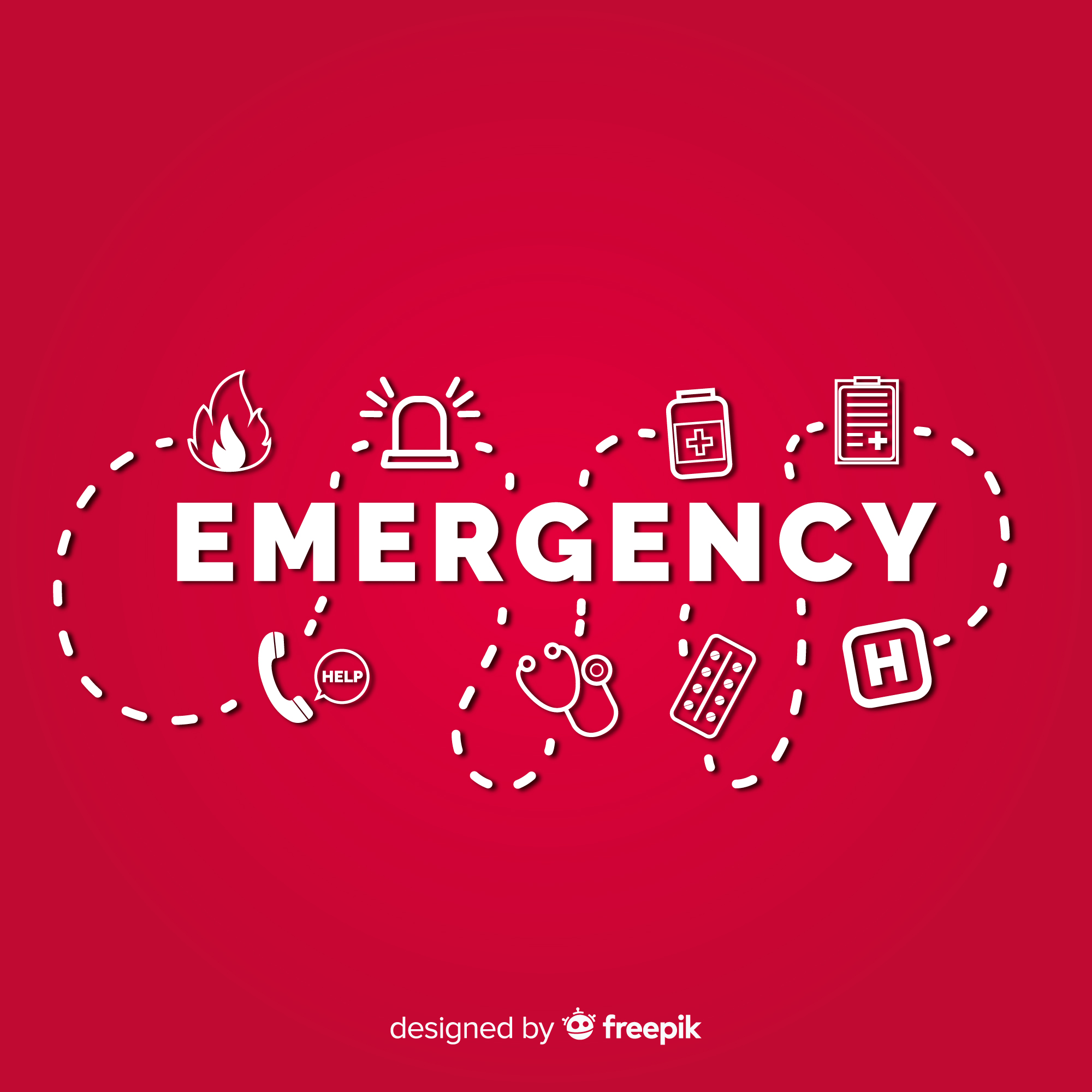Crisis is a broader, often prolonged state of instability, while emergency denotes a sudden, urgent situation requiring immediate action.
TL;DR Crisis Vs. Emergency
A crisis is a prolonged, impactful threat to an individual or organization, requiring strategic planning and quick decision-making. It arises from various sources and demands immediate attention and communication to minimize damage.
An emergency is a sudden situation demanding immediate action to prevent harm, often shorter-term and encompassing events like accidents or natural disasters. It requires swift responses focused on safety and containment.
What is a crisis?

A crisis is a significant and often unpredictable event or situation that poses a threat to individuals, organizations, communities, or even society as a whole. Crises can emerge from various sources, such as natural disasters, technological failures, financial downturns, public health threats, accidents, political instability, or reputational damage.
What is an emergency?

An emergency is a sudden and unexpected situation that requires immediate action to prevent harm or further damage. It can range from personal emergencies, such as a medical crisis or a fire in your home, to larger scale emergencies like natural disasters or terrorist attacks.
Crisis Vs. Emergency – Key differences
| Aspect | Crisis | Emergency |
|---|---|---|
| Nature | Prolonged instability, threat | Sudden, urgent situation |
| Impact | Broad, significant consequences | Immediate danger, potential harm |
| Duration | Longer-lasting | Short-term, immediate |
| Examples | Reputational damage, disasters | Accidents, medical crises, natural disasters |
| Response Focus | Strategy, decision-making | Swift action, containment |
| Communication | Long-term planning, stakeholder | Rapid, immediate communication |
| Complexity | Multifaceted, complex issues | Urgent, immediate intervention |
| Preparedness | Crisis management plan | Emergency response plan |
| Recovery | Restoration, long-term effects | Swift resolution, limited long-term impact |
| Attention | Media, public scrutiny | Safety, quick resolution |
What characterizes a crisis?
What characterizes a crisis is its potential to cause substantial harm, disrupt normal operations, and have far-reaching consequences. Crises often demand immediate attention and strategic decision-making to mitigate their impact and restore stability.
Key features of a crisis include:
- Urgency: Crises require swift action due to the rapid escalation of events and the need to prevent further harm.
- Uncertainty: Crises are often accompanied by a high level of uncertainty, making it challenging to predict the exact course of events or their outcomes.
- Severity: The impact of a crisis can range from minor disruptions to catastrophic consequences that affect various aspects of life, including safety, health, finances, and reputation.
- Public Attention: Crises tend to attract significant public and media attention, amplifying the need for effective communication and management.
- Stakeholder Involvement: Crises often involve multiple stakeholders, including individuals, organizations, governments, and communities, all of whom may be affected or have a vested interest in the situation.
- Complexity: Crises are typically multifaceted and complex, requiring a comprehensive understanding of the situation to develop effective response strategies.
- Reputation Impact: A crisis can have lasting effects on an entity’s reputation, trust, and credibility, influencing public perception and relationships.
How to handle a crisis?
Gather Information
Form a Crisis Management Team
- Assemble a diverse team with relevant expertise.
- Assign roles and responsibilities for each team member.
Develop an Action Plan
- Outline immediate steps to be taken.
- Prioritize tasks based on urgency and importance.
Communicate Transparently
- Keep stakeholders informed of the situation.
- Provide regular updates and accurate information.
Adapt and Modify
- Continuously monitor the crisis and adjust strategies.
- Be prepared to modify plans as the situation evolves.
Coordinate Resources
- Allocate necessary resources and assets.
- Collaborate with external agencies if required.
Manage Communication
- Craft clear and consistent messages.
- Address concerns and provide reassurance.
Address Stakeholders
- Engage with employees, customers, media, and partners.
- Address their needs and questions promptly.
Contain and Resolve
- Implement measures to contain the crisis.
- Work towards resolving the underlying issues.
Learn and Improve
- Conduct a post-crisis evaluation.
- Identify lessons learned for future preparedness.
Seek Professional Help
- If needed, consult crisis management experts or professionals.
Focus on Recovery:
- Transition from crisis mode to recovery.
- Implement strategies to restore normalcy.
Rebuild and Communicate
- Rebuild trust and reputation.
- Communicate efforts made to address the crisis.
Effective crisis management demands a balance of prompt action, clear communication, and adapting strategies as needed to ensure the best possible outcome.
How to handle an emergency
Handling an emergency requires quick thinking, decisive action, and prioritizing safety. Here’s a step-by-step guide on how to handle an emergency:
Assess the Situation
- Quickly evaluate the nature and severity of the emergency.
- Determine the immediate risks and potential dangers.
Ensure Personal Safety
- Prioritize your safety and the safety of others.
- Evacuate the area if necessary to move away from immediate danger.
Contact Authorities
- Call the appropriate emergency services (police, fire, medical) based on the situation.
- Provide accurate information about the emergency and your location.
Provide First Aid if Possible
- Administer basic first aid to those in need, if trained to do so.
- Assist with CPR, stopping bleeding, or stabilizing injuries.
Stay Informed
- Listen to official sources of information, such as news or emergency broadcasts.
- Follow instructions from authorities and emergency responders.
Follow Evacuation Procedures
- If directed to evacuate, follow established evacuation routes.
- Help others, especially those who may need assistance.
Use Emergency Supplies
- If you have emergency kits or supplies, use them as needed.
- Gather essentials like water, food, medications, and first aid supplies.
Cooperate with Authorities
- Follow instructions from emergency responders and law enforcement.
- Provide any assistance or information they require.
Stay Calm and Reassure Others
- Maintain a calm demeanor to help others stay composed.
- Offer reassurance and support to those around you.
Communicate with Loved Ones
- Inform family members or friends about your safety and whereabouts.
- Use texts or social media to minimize network congestion.
Assist Vulnerable Individuals
- Help children, elderly, or disabled individuals as needed.
- Ensure their safety and well-being.
Follow Up and Recovery
- After the emergency, follow up with authorities or relevant organizations.
- Cooperate with recovery efforts and return to normalcy.
Staying informed, remaining calm, and taking prompt action are key to effectively handling emergencies and ensuring the well-being of yourself and others.
Image Credits
Featured Image By – user15245033 on Freepik
Image 1 By – Freepik
Image 2 By – Freepik








